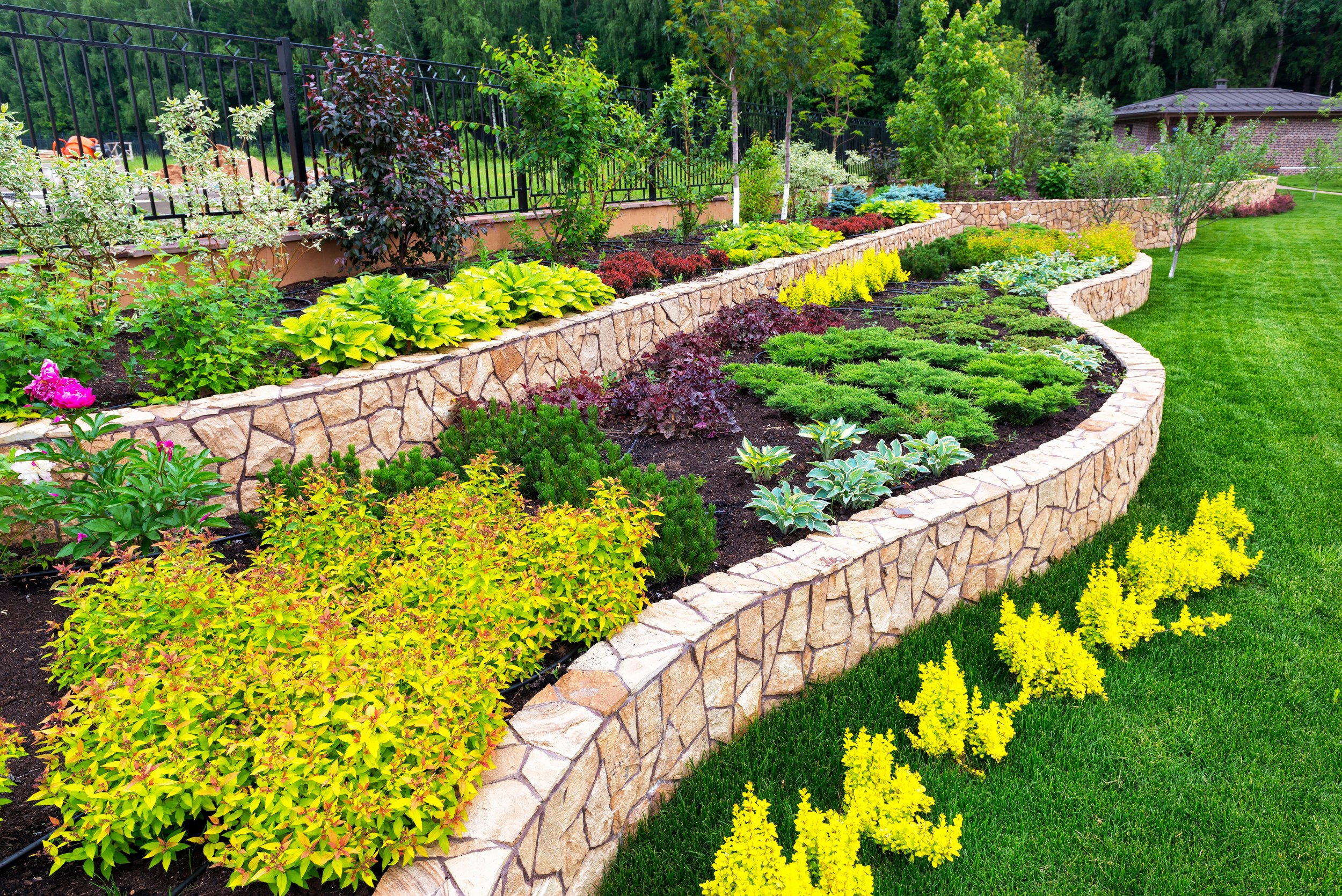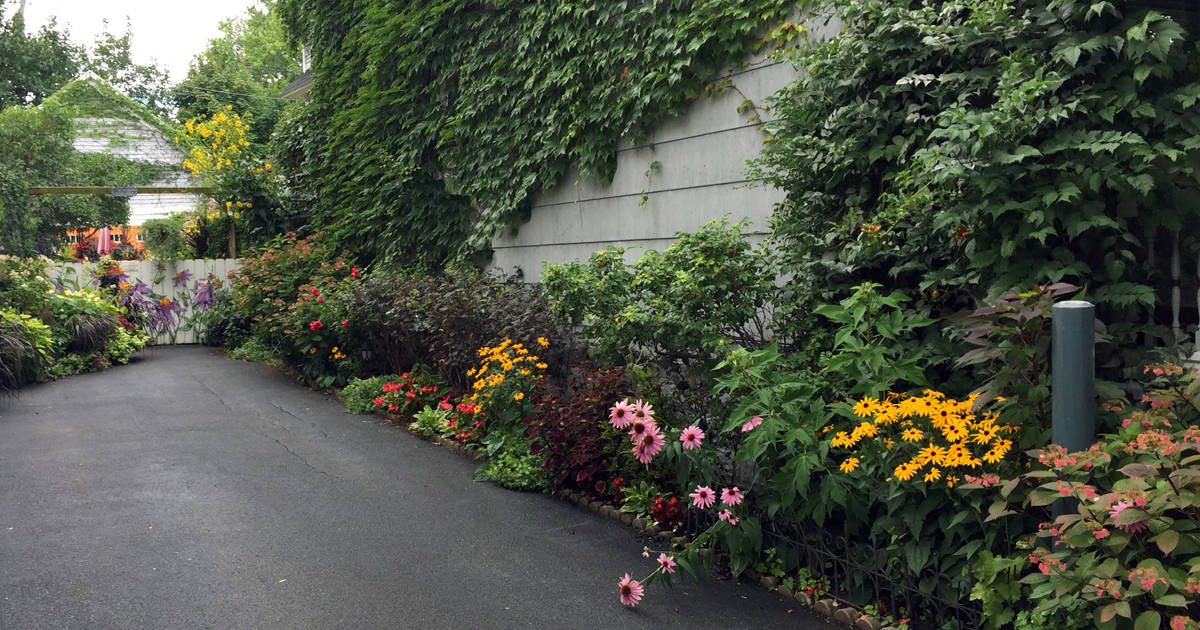Getting The Hilton Head Landscapes To Work
Table of ContentsThe Main Principles Of Hilton Head Landscapes The 5-Minute Rule for Hilton Head LandscapesThings about Hilton Head LandscapesThe Main Principles Of Hilton Head Landscapes The Best Strategy To Use For Hilton Head LandscapesGetting My Hilton Head Landscapes To WorkThe Main Principles Of Hilton Head Landscapes
Line creates all forms and patterns and can be utilized in a range of methods the landscape. Line in the landscape is developed by the edge in between 2 materials, the synopsis or shape of a form, or a long direct function. Lines are a powerful device for the developer because they can be made use of to create an infinite variety of shapes and kinds, and they manage activity of the eye and the body.

Lines in the landscape. The residential or commercial properties of lines determine how people respond to the landscape, both emotionally and literally.
The smart Trick of Hilton Head Landscapes That Nobody is Talking About
Straight lines are most frequently discovered in hardscape sides and material. Curved lines develop a casual, natural, loosened up character that is linked extra with nature and asymmetrical equilibrium. Bent lines relocate the eye at a slower speed and add enigma to the space by producing covert views. Upright lines relocate the eye up, making a space feel larger.
Vertical lines in the landscape consist of tall, narrow plant product, such as trees, or high frameworks, such as an arbor or a bird home on a post. Horizontal lines move the eye along the ground aircraft and can make an area feel larger. Low lines are more controlled and create a sensation of rest or repose.
Little Known Questions About Hilton Head Landscapes.
Lines are likewise produced by the upright forms of constructed attributes and plant product. There are 3 primary line kinds that develop form in the landscape: bedlines, hardscape lines, and plant lines.
Bedlines connect plant product to the home and hardscape because the eye complies with the line, moving the look via the landscape. Hardscape lines are developed by the edge of the hardscape, which marks the developed framework. Line can also be developed by long and narrow products, such as a fence or wall surface.
What Does Hilton Head Landscapes Do?
Form is discovered in both hardscape and plants, and it is normally the leading aesthetic element that spatially arranges the landscape and commonly identifies the design of the garden. The form of frameworks, plant beds, and garden accessories also determines the overall type style of the yard. Formal, geometric forms consist of circles, squares, and polygons.
Plants create form in the yard through their outlines or silhouettes, yet type can likewise be defined by a gap or unfavorable area in between plants - hilton head landscapers (https://hub.docker.com/u/h1tnhdlndscps). Circles can be full circles, or they can be separated into fifty percent circles or circle segments and integrated with lines to develop arcs and tangents
Hilton Head Landscapes Fundamentals Explained
Circles are a strong style kind because the eye is constantly drawn to the center, which can be made use of to highlight a focal factor or connect other forms. Round types in hardscape and yard panels.
The square form can also be segmented and used consistently to produce a grid pattern. Unlike circles, squares are more powerful on the edges, which can be lined up or overlapped to create one-of-a-kind patterns and more complicated forms.
Twisting lines typically simulate the natural training course of rivers or streams and can be defined as smooth lines with deeply rounded wavinesses. Twisting lines (Number 3) work well for pathways, plant bedlines, and completely dry stream beds. Twisting lines can include passion and mystery to a garden by leading visitors around corners official statement to uncover new views and rooms.
Get This Report about Hilton Head Landscapes

Common plant types are well established and standard, as type is the most regular and recognizable feature of plants. Form can also be produced via the massing of plants, where the overall mass creates a various form than a specific plant.
A very different kind must be made use of with careone or more work well as a focal factor, but a lot of develop turmoil. Natural plant forms, as opposed to over-trimmed forms, must establish the mass of the composition. The relevance of overall kind is basically depending on the watching perspectivethe type of a tree can show up quite different to an individual standing under the canopy versus watching the tree from a distance in an open area.
The 9-Second Trick For Hilton Head Landscapes
Plant types also create and define deep space or open areas in between the plants, developing either convex or concave forms in deep spaces. High-arching tree branches commonly create a concave open space under the branches, and a round canopy with low branches fills the area to produce a convex type in the open area under the tree.
